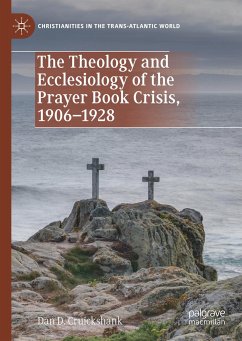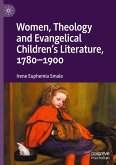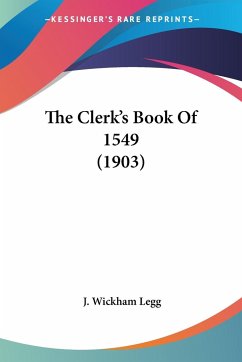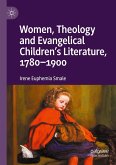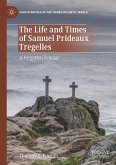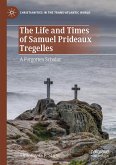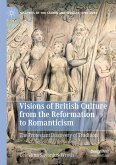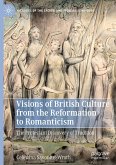This book considers the doctrinal and ecclesiological trends that were present during the construction of the revised Book of Common Prayer of 1927. Through the use of the records of both Convocations and of the National/Church Assembly, it examines the debates that led to the revised Book and the doctrinal shifts that were present in these debates. It challenges the idea that the revision process stalled in the First World War by showing how the birth of the National Assembly that took place during the war was born out of the revision process. Through the Assembly records it shows the integral role the laity played in the revision process. It examines the attempts to get the revised Books through Parliament, the difference between pro and anti-revision speakers, and the radical ecclesiological thinking that followed the rejections.
"Dan Cruickshank's slim volume offers the reader an opportunity to engage with an episode of Anglican history that is often overlooked. The lengthy debates concerning the revision of the Book of Common Prayer found in the records of Convocation and the Church Assembly are, it is true, not for the fainthearted, and Cruickshank is to be congratulated for having waded through two decades' worth of Anglican procedure to bring the story to life." (Georgina Byrne, Modern Believing, Vol. 64 (4), 2023)
"Cruickshank's careful, thorough, and thoughtful study of a turning point in Anglican ecclesiastical history is full of insight. Anyone with an interest in the development of Anglican liturgy, ecclesiology, and its attendant issues should read it." (John Reuben Davies, Scottish Episcopal Institute Journal, Vol. 6 (2), 2022)
"This little book offers a detailed analysis ... . . It is a good piece of work and offers a fresh look at the course of Prayer Book revision from 1906 to 1928 ... . there is much that is helpful in this little book." (Mark Chapman, Journal of Ecclesiastical History, Vol. 72 (4), October, 2021)
"Cruickshank's careful, thorough, and thoughtful study of a turning point in Anglican ecclesiastical history is full of insight. Anyone with an interest in the development of Anglican liturgy, ecclesiology, and its attendant issues should read it." (John Reuben Davies, Scottish Episcopal Institute Journal, Vol. 6 (2), 2022)
"This little book offers a detailed analysis ... . . It is a good piece of work and offers a fresh look at the course of Prayer Book revision from 1906 to 1928 ... . there is much that is helpful in this little book." (Mark Chapman, Journal of Ecclesiastical History, Vol. 72 (4), October, 2021)

